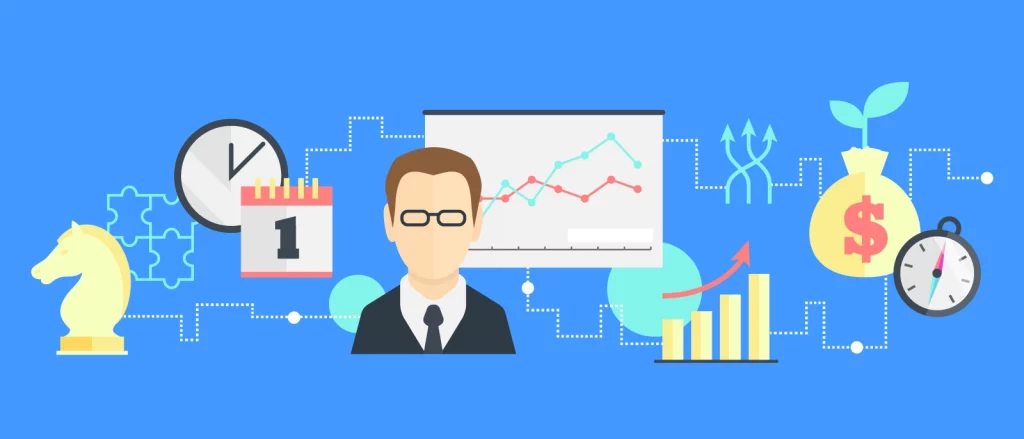Why Rafiki
Pricing


Pricing
Solutions

RevOps Leaders
Synchronize revenue generating functions

SDR Leaders
Get your team aligned and Coach your Reps 3x faster at scale

Sales Leaders
Unlock pipeline truth, drive confident forecasts

Making the optimum use of a sales pipeline is of critical importance to your remote sales team. When it’s about the perpetuity of your business, you need to know how to manage a sales pipeline well.
A sales pipeline depicts where your sales prospects belong in the sales process.
Consider that you’ve hundreds of prospects. Each of your prospects is going through the sales funnel – the awareness stage, the consideration stage, and the decision stage.

[Note: Please note, that ToFU means Top of the Funnel, MoFU means Middle of the Funnel, and BoFU means Bottom of the Funnel]
And each of them is at a different stage of the sales funnel. The visual representation of how a prospect travels through the entire sales funnel is called a sales pipeline.
As per the Harvard Business Review, a well-managed sales pipeline can get you an average growth of 15%.
In addition, when organizations focus on the following practices for managing their sales pipelines, they earned 28% revenue growth on an average –
When your remote sales team is able to effectively manage the sales pipeline, it can provide the following benefits –
These are the reasons why you and your remote sales team need to manage a sales pipeline and understand it well.
Imagine that you’re visualizing your revenue goals backward.
How would you know how many opportunities you need at every stage of your sales cycle?
Well, here is how you find out:
According to SalesForce, the sales pipeline stages can be divided into seven parts. Let’s divide these sales pipeline stages as part of the sales funnel stages –
Here are a couple of statistics before we talk about how to manage a sales pipeline –
From the above stats, it’s clear that even if sales managers put in the effort to manage their sales pipelines, the results don’t show forth the effort.
Let’s have a look at how you can manage a sales pipeline that not only helps your remote sales team; rather it will also reflects the effort in the results.
To manage the sales pipeline well, you need to pay heed to improving your process of following up with your prospects.
Since it takes more than 8 calls to close a deal now (which is more than double what used to be 10 years ago, i.e. 3.68 calls to close a deal), if you don’t follow up, you hand the deal to your competitor.
However, not many follow up.
According to Super Office, only 2.4% of the organizations follow up.
It’s because following up is the third most challenging factor for your sales team.
The best way to overcome the challenge of following up is to set up reminders that would help you remember to follow up with your prospects.
The 80-20 rule states that 80% of revenue comes from 20% of leads.
You need to apply the same rule while looking at the high-value and low-value leads.
Since it takes a similar amount of time to close each deal, if you focus on the 20% of the deals that would generate 80% of revenue, you won’t squander your time, effort, and money on low-value deals.
As a result, your whole sales process and sales pipeline will improve.
You need to keep your sales cycle shorter.
The research says that 75% of sales in the B2B domain take around 4 months to close; whereas, 18% of all B2B deals take 12 months to close.
For a deal, the sales cycle of 4 months to 12 months is a lot of time.
And that’s why, as per the report of CSO Insights, 27% of all the salespeople said that a long cycle acts as a barrier to sales effectiveness.
To shorten your sales cycle, you need to be ultra-clear on the type of leads you’d like to generate for your business. If you focus on the right qualifying methods (for that you need to be crystal clear on your target audience), you’d have to spend less time closing deals.
The most important KPIs for your sales pipeline are –
Of course, there are other factors that may decide the outcome you’re trying to reach, but the above three top the lot.
If you’re not attracting enough prospects to your sales funnel, how many would you qualify as your valuable leads? And how would that affect your number of closed deals?
Along with looking at the quantity, it’s also important that you use the right filers to qualify your prospects –
Though it seems obvious, if we can improve the sales calls, we would be able to improve the conversion ratio.
For example, if you’re calling your prospects for setting up a meeting the words you use, the way you introduce yourself, the way you carry out the call, the tone of your voice, and the way you handle questions have a lot to do with whether you’ll close the deal or not.
But how would you monitor your sales calls and improve upon them?
Use a comprehensive & affordable tool such as GetRafiki or a more expensive tool Gong.io to monitor, analyze, and improve your sales calls.
No matter how underrated the content marketing initiatives look for the founders, without producing more and more effective content, it’s impossible to attract a good pool of prospects.
The idea is to out-educate your competitors.
The question you should be asking is what kind of content you should create at every stage of the sales funnel instead of questioning whether to create content at all!
Here’s how many times you should blog as per HubSpot for organic traffic and brand awareness.
Managing a sales pipeline isn’t the task of the faint-hearted.
You need to constantly monitor, analyze, course-correct, and see whether your remote sales team is feeding the pipeline well.
As a sales leader, it isn’t an easy job.
However, if you tap into the right aspects, managing the sales pipeline will become a process instead of a tedious chore.
Before you ever focus on the sales pipeline, it’s important that you pay equal attention to the sales funnel. Since the sales pipeline is the way you approach the stages of the sales funnel, you need to first build the foundation.
And then use the above six core steps in managing your sales pipeline.